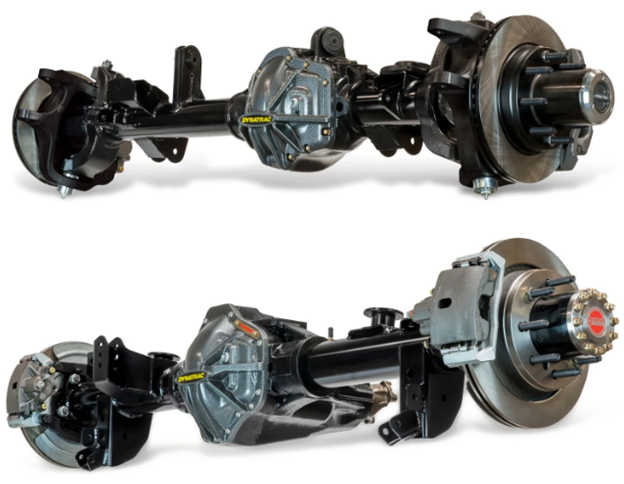GEAR OIL RECOMMENDATIONUpdated 3 months ago
GEAR OIL RECOMMENDATION |
 Recommended Oil
Recommended Oil
- Lucas 85W140 non-synthetic (dino) oil is preferred.
- Use a Ford or Dana limited-slip additive if you have a clutch-style posi.
- For extremely cold climates, use Lucas 80W90.
Why Dino Oil Over Synthetic?
- Dino oil keeps metal parts cooler, even though synthetic may keep the oil itself cooler.
- Synthetic oils can thin out when hot, reducing their ability to cling to gears—this cling provides cooling and protection.
- Dino oil tends to maintain pressure better and cushions gear contact due to its viscosity and cling.
Water Separation
- Dino oils separate from water better than synthetic. This is important because water contamination reduces oil’s protective qualities.
- With synthetic, water and oil tend to mix—bad for diff longevity.
Cost vs Benefit
- Dino oil is cheaper and works well if changed regularly.
- Instead of spending more on synthetic, install a temperature gauge and monitor the diff’s heat.
- Change frequency matters more than oil brand—heat breaks oil down over time.
Temperature Guidelines & Oil Change Intervals
Temp (°F) | Change Interval |
170° | 100,000 miles |
200° | 50,000 miles |
220° | 25,000 miles |
240° | 12,000 miles |
260° | 5,000 miles |
260–300° | 500–1,000 miles (until cooled) |
New differentials may run hot (250–275°F), but 300°F is too much. Let it cool before continuing to drive.
Typical Diff Temps (Based on Use)
- Stock application: 170–220°F
- Towing, big tires, smaller diffs: 200–250°F
- New diff break-in: Up to 275°F is normal
4 Most Important Oil Attributes
- Cling ratio (how well it sticks to gears)
- Water separation
- Cushioning under pressure
- Heat resistance/temperature control
Final Takeaways
- Frequent oil changes > expensive synthetic oil
- Use a temp gauge to monitor real performance
- Avoid synthetic unless solving a high-heat or shock-load issue
- Always change oil immediately if water gets in, and use proper venting to prevent moisture